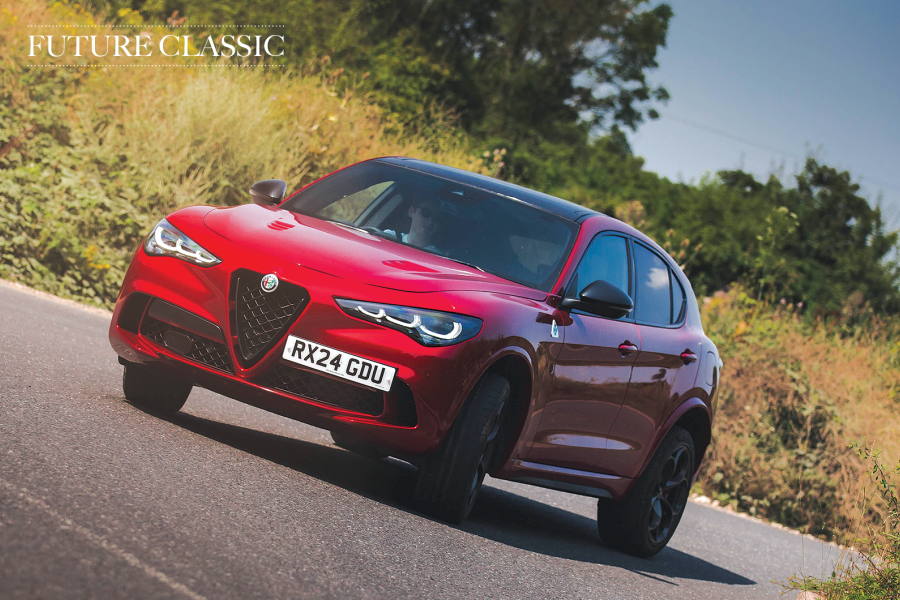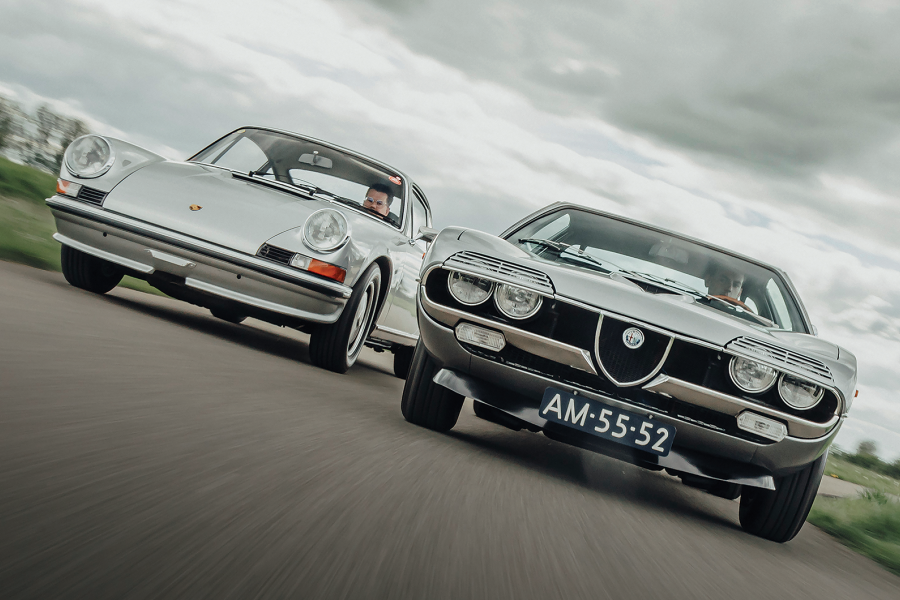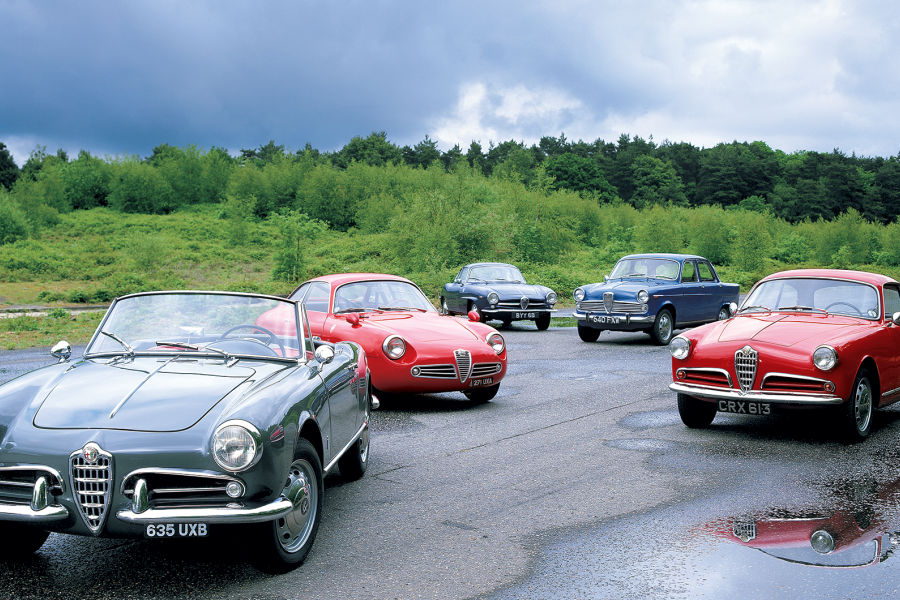
Why you’d want an Alfa Romeo Spider (916)
Designed in the late 1980s by Enrico Fumia at Pininfarina, the 916 Spider had a tough act to follow.
It addressed the challenge with a dramatic side-slash and huge front clamshell cleverly shrouding the headlights, while a hard cover for the folded soft-top gave it an exceptionally clean wedge profile.
Along with its sister GTV, which had a stiffer bodyshell, it won numerous awards in 1995. Based on the same Fiat floorpan as the Alfa 155, but with all-new multi-link suspension, it abandoned rear drive and offered serious performance in 3-litre V6 form, or decent performance, sharp handling and relaxed usability as a 2-litre four-cylinder.
‘Pretty, fun to drive and a worthy successor to the Duetto,’ said Autocar of the new Spider when testers finally got their hands on a grey-import 2.0 left-hand-drive version in mid-1995. ‘Twin camshafts, twin balancer shafts, variable valve timing and four valves per cylinder combine to produce 150 of the smoothest, most melodic horses available from any four-pot manufacturer in the world,’ it enthused. It might have added the twin spark-plugs as well, of course…
The car’s character and panache are key to its appeal, rather than out-and-out performance. At least in 2.0 form, it’s not in the hot-hatch league in terms of performance and scuttle shake can take the edge off its otherwise impressive handling when the going gets rough.















